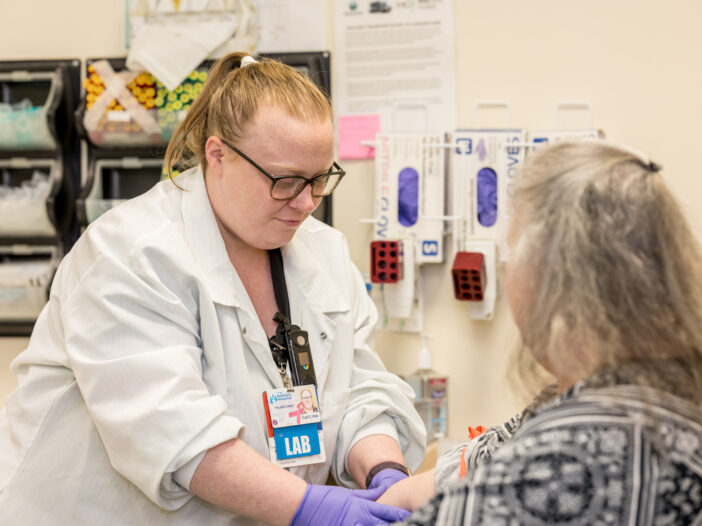
Fast Facts
- Hospital readmissions are associated with unfavorable patient outcomes.
- The hospital readmissions metric encourages healthcare facilities to involve patients and families in discharge planning.
- Reducing hospital readmissions saves tax dollars.
What It Means
A variety of factors can lead patients to be readmitted to the hospital days or weeks after discharge, including drug-related complications, a hospital-acquired infection, complications resulting from surgery, lack of education about a care plan or an inadequate support network that makes compliance with providers’ instructions difficult.
Hospital readmissions are costly. The Centers for Medicare & Medicaid Services (CMS) issues penalties for hospital readmissions and offers incentives for hospitals to reduce them as part of its Hospital Readmissions Reduction Program (HRRP). CMS policies consider hospital readmission rates as a way to gauge quality of patient care. CMS defines a hospital readmission as an unplanned readmission that happens within 30 days of discharge from an initial admission. As part of the HRRP, CMS tracks hospital readmissions for heart attack, chronic obstructive pulmonary disease (COPD), heart failure, pneumonia, coronary artery bypass graft surgery, and elective total hip and total knee replacements.
CMS measures hospital quality in three categories: structural measures, process measures and outcome measures. Hospital readmissions are part of the outcome measures category. CMS obtains readmissions data from coded claims submitted by hospitals for payment, which makes them available on the Medicare Hospital Compare website.
Hospital readmissions cost the United States billions of dollars annually, which increases taxes for everyone. Lowering readmissions can decrease healthcare costs and increase quality of care and patient satisfaction.
How Are We Doing?
Central Maine Healthcare’s hospital readmissions data can be found on the CMS website. CMS obtains readmission data from coded claims submitted by hospitals for payment. See how we’re doing by checking out the numbers for:
Constant Improvement
At CMH, our goal is to reduce hospital readmissions to less than 10%. A recent data analysis found that congestive heart failure, COPD and diabetes are our top readmission diagnoses. That led us to prioritize several steps to decrease readmissions, including increasing targeted patient education, setting up clinical pathways to produce more successful hospital stays and increasing family involvement in discharge planning and education. We’re developing clinical pathways focused on diagnosis, patient education, nutrition and the importance of follow-up treatment. We’re also exploring the possibility of developing clinics to encourage follow-up visits within 72 hours of discharge.
Bringing Perspective to Hospital Readmissions: Care Management
Some hospital readmissions are avoidable, and others aren’t. To increase patient satisfaction, CMH and our communities must work as a team to ensure patients leave the hospital understanding their instructions for continuing care at home. Educating the community about the importance of avoiding readmissions is important to decrease healthcare costs for all.
We have an amazing team of case managers that includes nurses and social workers. We support this team in safely discharging patients to the next level of care by identifying challenges to success early in the hospital stay and finding solutions. The team helps patients avoid readmission by ensuring they have the support they need upon discharge. This could be home health services, admission to a skilled nursing facility or outside support systems.
Our philosophy is to treat others as we would want to be treated. Meeting patients at their level helps us understand their needs and support a safe discharge plan. Our job is rewarding because we break down barriers for patients.
